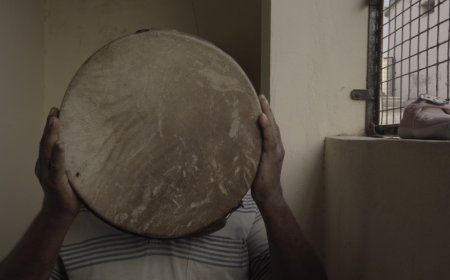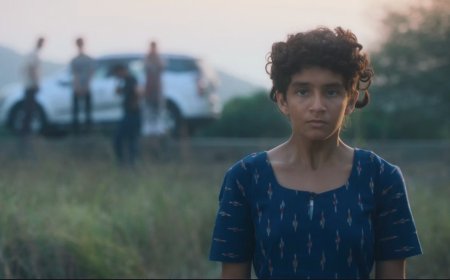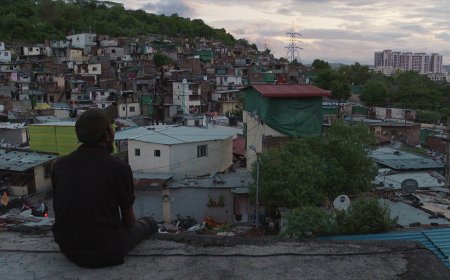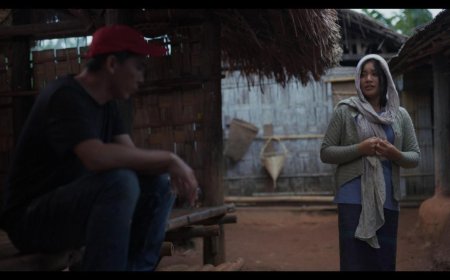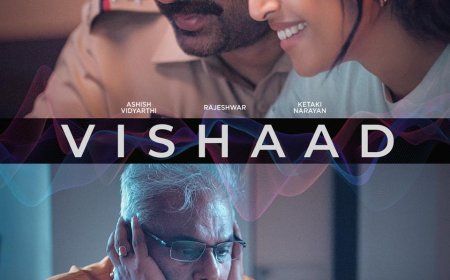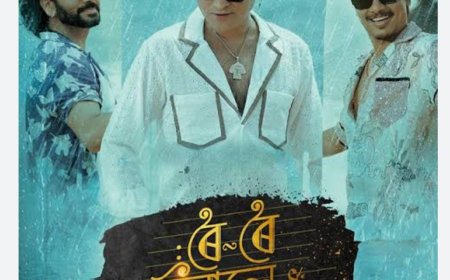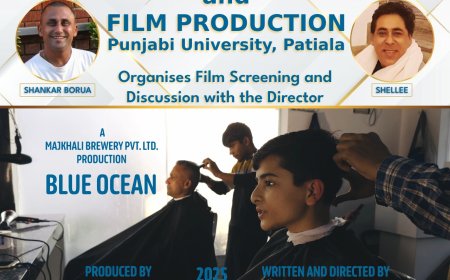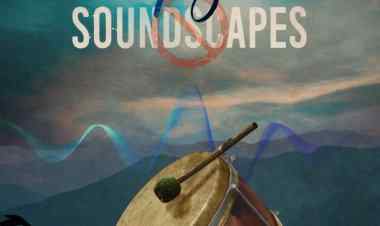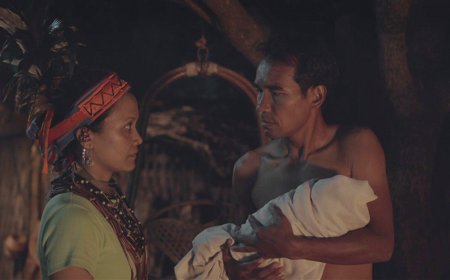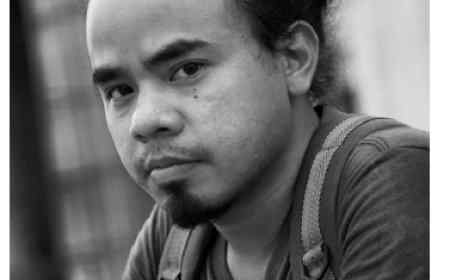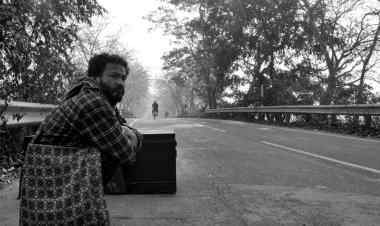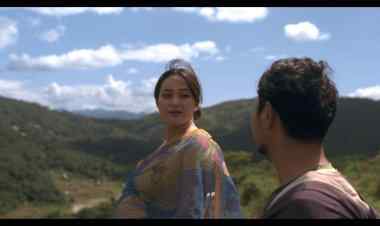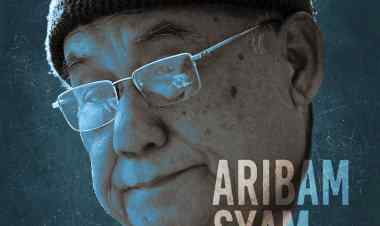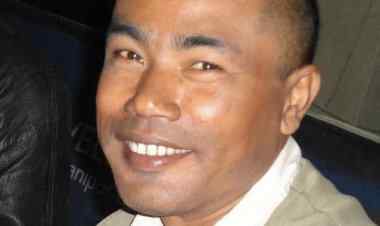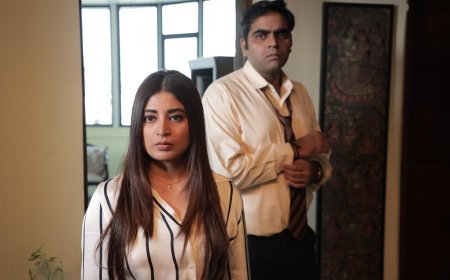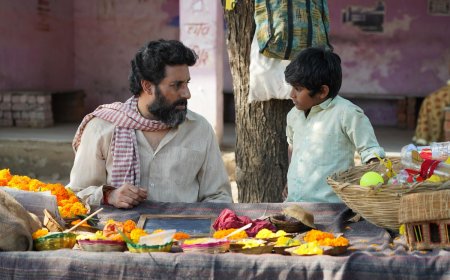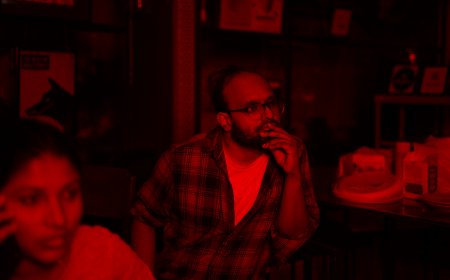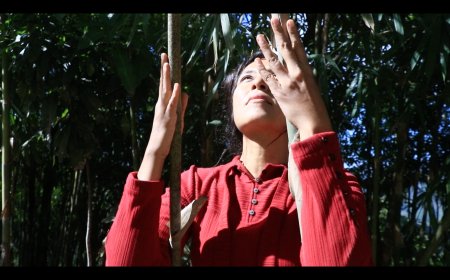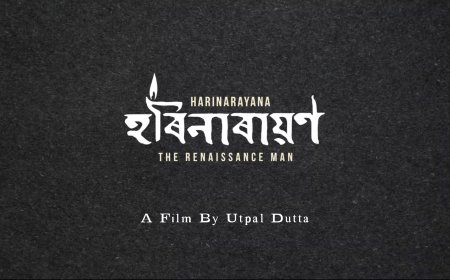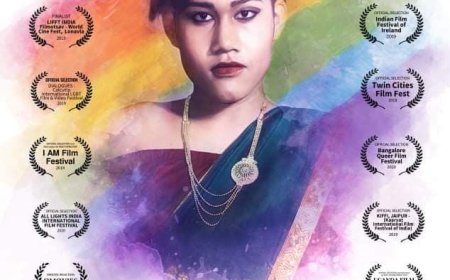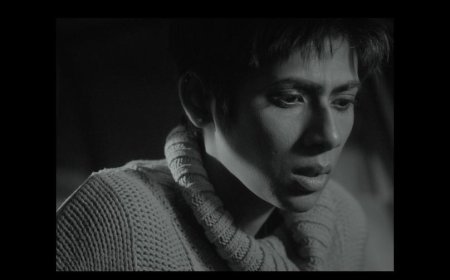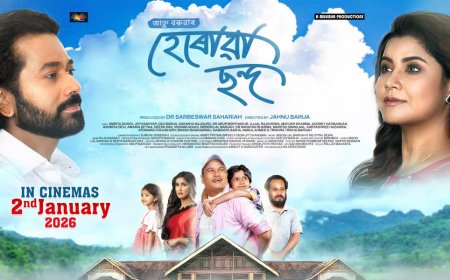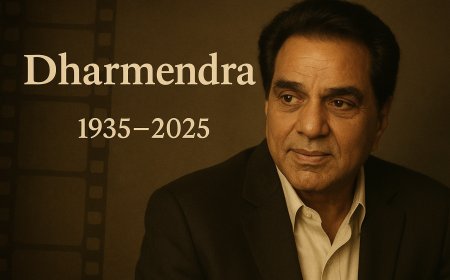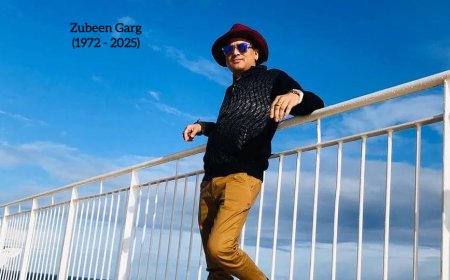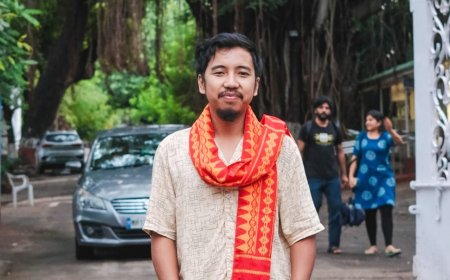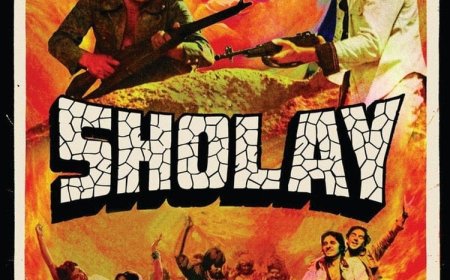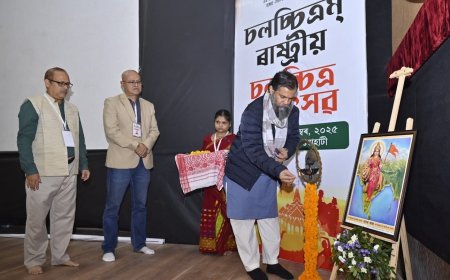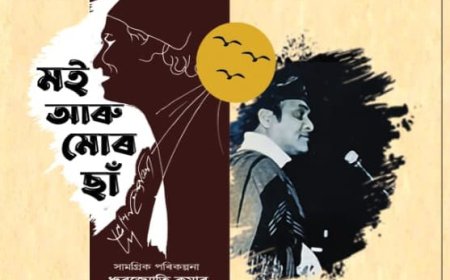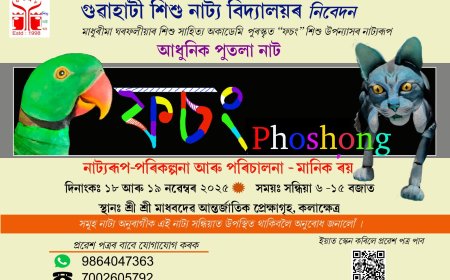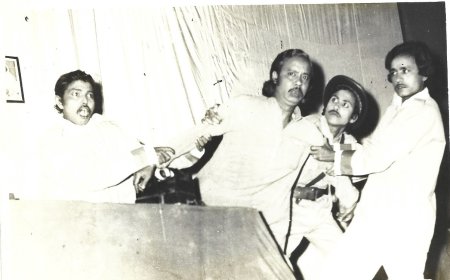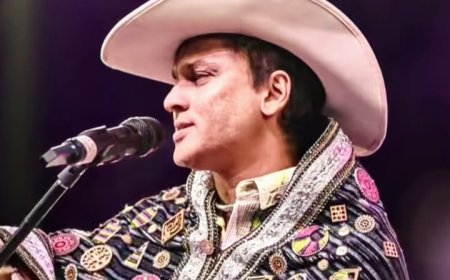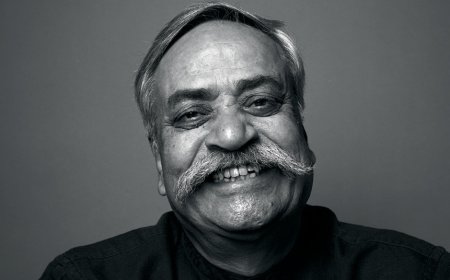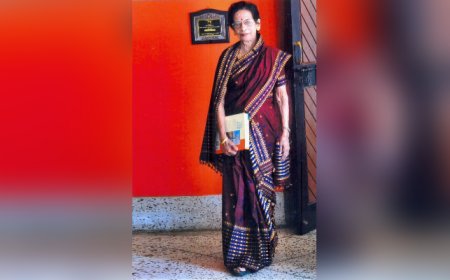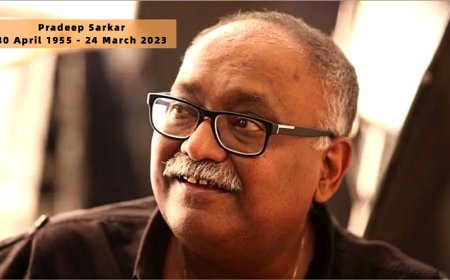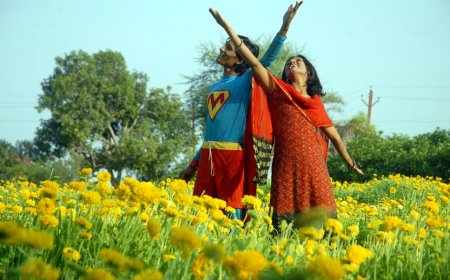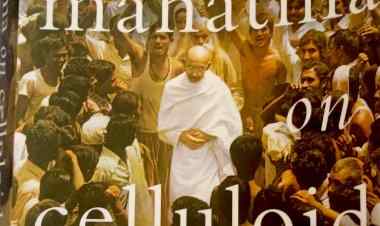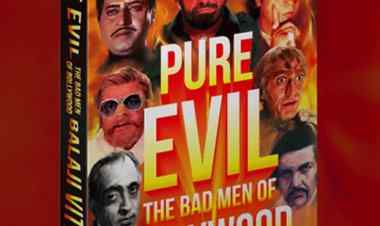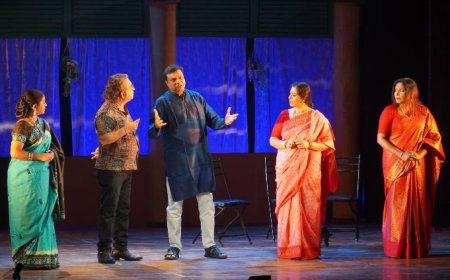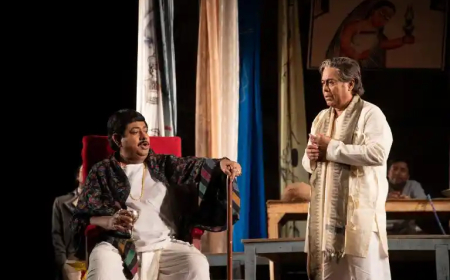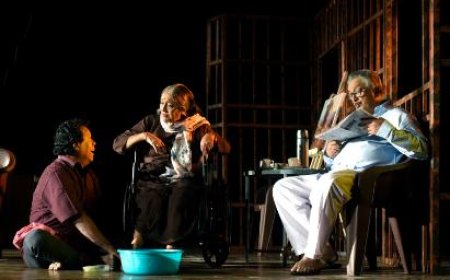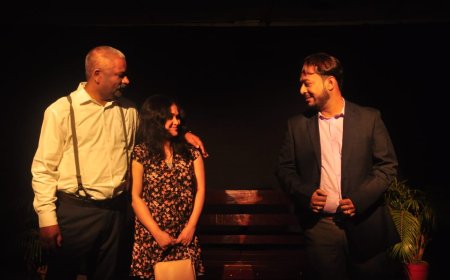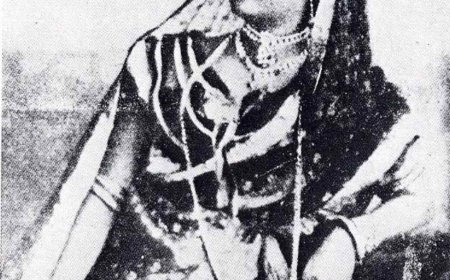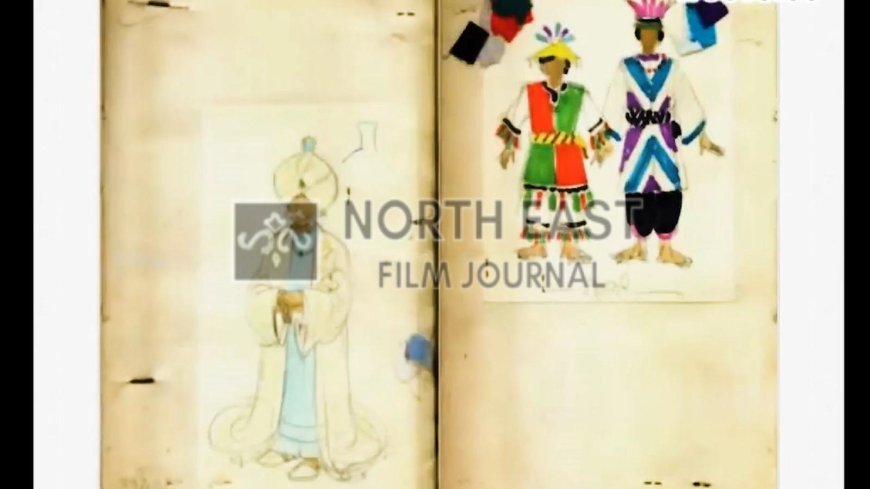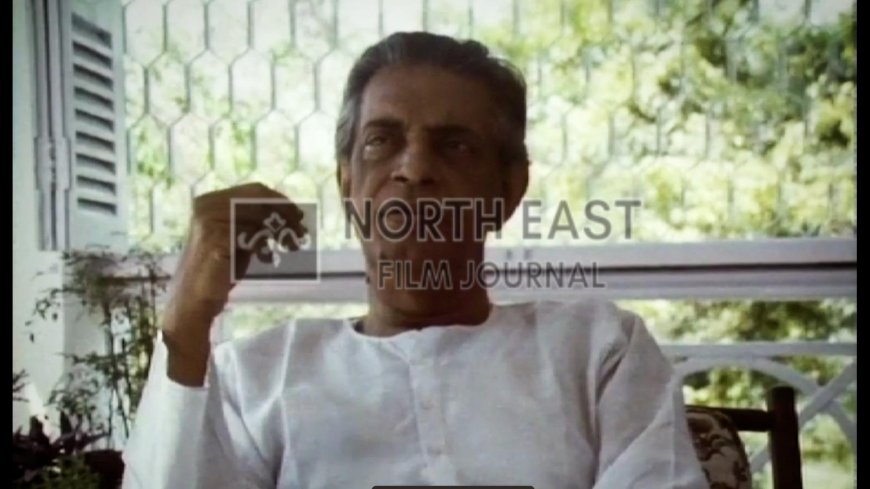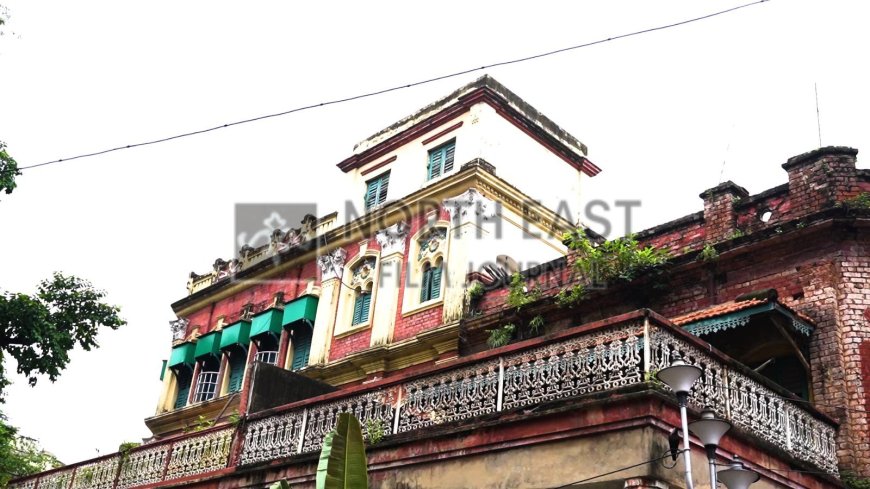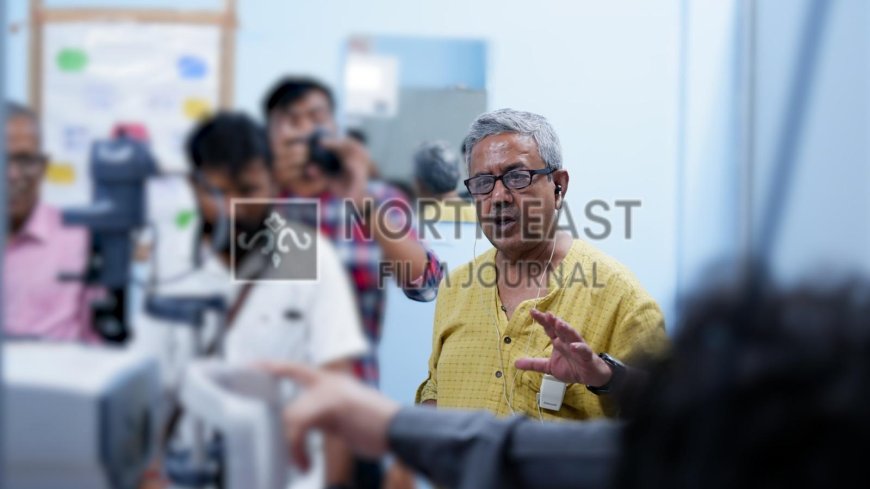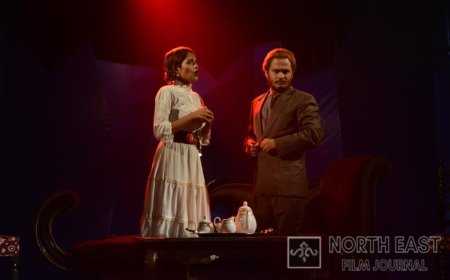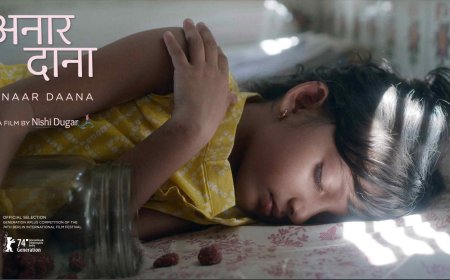SOMETHING LIKE CINEMA – EXPLORING CINEMA : A TRIBUTE TO SATYAJIT RAY
Shoma A. Chatterji provides a compelling review of "Something Like Cinema", a tribute to the legendary filmmaker Satyajit Ray.
Something Like Cinema – Exploring Cinema is a 39-minute documentary scripted and directed by Joydip Mukherjee as a tribute to his favourite filmmaker Satyajit Ray. This is a documentary created as an audiovisual collage of Ray’s life and work in cinema. The film is a collage of Ray’s life and works across multiple layers that span his creativity from sketching, drawing, writing notations in Western music while composing the music for his films, working stills as he shoots, stills from his childhood, all of these intercut with scenes from almost all the films he directed over his lifetime.
The interesting quality of the film lies in its random time scheme to cover Ray that breaks the chronological sequence of events yet sheds considerable light on the great filmmaker’s life and works. There are also brief interviews of noted filmmakers and critics like Derek Malcolm, Govind Nihalani, Goutam Ghose, Saeed Jaffrey, his son Sandip Ray and Richard Attenborough who says that he was blown completely when he watched Pather Panchali and considers Ray among the most outstanding filmmakers in the history of cinema across the world. Ghosh spoke about his sense of music which he wrote himself for his later films beginning with Rabindranath Tagore, the documentary he was commissioned to make when Tagore turned a century.
Asked about the rather intriguing title of the film, Joydeep says, “I have been working on various aspects of Satyajit Ray for many years. I did some major documentaries for Ministry of External Affairs and Ministry of Culture, Government of India, one of which "The Other Ray : Art of Satyajit Ray" was in the Indian Panorama at the 53rd IFFI, 2022 conceptualised on a single aspect of Ray's artistic works. I was trying to search some new ideas on this legendary filmmaker since then, some newer aspect, some newer visions. Suddenly the idea of making Something like Cinema: Exploring Ray just cropped up and I started looking for the relevance of the different images Ray created which, I personally feel, does have some resemblances with his life images, might have been expressed in different form or in a different context. Thus the idea of making this documentary was born.”
What was the kind of research he had to go through to make the film? He says, “The only thing I had to go through was watching Ray's different films again and again, listening minutely to the audio interviews he gave and his own written books and articles published over the years. Thus, I found it relevant to name the title of my film Something Like Cinema. It is not a biographical film on Ray. Nor does it have any chronological overviews. I placed and juxtaposed the images with his life journey, the interactions he had with the culture, society and politics, with Tagore's literature, with Kala Bhavan, with Western musical notes, with the Vietnam war and political turmoil in the early 70s in Kolkata and so many things, I used the images creating juxtapositions between the images against the voice-over by Barun De and sometimes, with Ray’s own voice. I interacted with Tapan Biswas, my producer. He encouraged me to make the film. It took me two long years from concept to the censor certificate.tp make the total film.”
Documentary clippings of the Vietnam War are cut into scenes of the Naxalite uprising in West Bengal in the 1970s while discussing Pratidwandi. This is followed by the two interview scenes in Pratidwandi and Jana Aranya. Most of the clips from Ray’s films have been chosen with great care while the background music mostly carries the refrain of the theme music in Monihara, drawn from the song baaje koruno shoorey the second story from the three-story anthology Teen Kanya. The selected clipping demonstrates the completely different perspectives of the husband and the wife towards life. When the husband steps into the room they share, he finds his wife looking out the window at the river flowing beyond. Her husband comes and joins her and points out that the boats sailing across belongs to them as they carry the jute he trades in. The silent wife, Monimalika, does not answer. Instead, she asks which is the bird whose tweet is floating across the river. This scene is immediately cut to the little girl in Pratidwandi calling out to his brother to listen to the strange tweet of an unknown bird.
The influence of Santi Niketan, and his teachers, the great Nandalal Bose and his guru and mentor Binode Bihari Mukherjee born blind in one eye are also focused on but fails to mention Ray’s wonderful biographical documentary on Mukherjee. There are clippings from Parash Pathar showing the master actor Tulsi Chakrabarty first laughing and then breaking into sobs when he discovers that the stone he found on a rainy pavement can turn things into gold. Tellingly, the camera focusses on a metal miniature of the Swastika, a sign used during Hitler’s regime in Germany and this carries a kind of taunt to the Great Dictator to suggest that his monarchy could be in danger by a simple man who chanced upon a magic stone.
The running train is used both as a real thing and a metaphor right through the film like punctuation marks in a significant essay. The historic scene of Apu and Durga running through the kash flowers and the tall grass to catch a glimpse of a train for the first time in their life, capturing littlr Apu shivering and wet under a tree while Durga turns circles with her hair falling over her. This is once juxtaposed against a contemporary train, then at another point, switching over to a scene from Sonar Kella where Feluda, on the back of a camel, shouts out to his companions that they must draw attention to the train. We then find the little kidnapped boy seeing them and waving a red handkerchief at them to draw attention to himself.
Some scenes also show Ray’s talent in designing his film’s posters himself and the camera closes in on the poster of Jana Aranya. Joydip Mukherjee pulls out a couple of pages from Ray’s drawing book in which he drew the costumes of the characters in Goopy Gyne Bagha Byne including sketches of the famous ghost dance we see in the film.
Gilmpses of Ray’s life are captured from old, black-and-white photographs from the family album with sketches of his paternal grandfather Upendra Krishna Roy Choudhury, photographs of his parents Sukumar Roy and his wife, the school he went to as a little boy now painted over in merry colours, cutting into Apu as a teenager attending class in his school. The single shot from Jalsaghar points out to the arrogance of the zamindar who asks his servant which season of the year it is and the servant says “Phalgun” meaning spring. He is so sucked into his own aristocracy that seasons hold no meaning for him.
There is that beautiful scene from Devi where the now-insane Daya approaches her husband begging him to tie up her necklace. Her hair is wildly flying around her, the kohl in her eyes has run over her face and she says she wants to run away while her terrified husband tries to embrace and console her. Ray’s reminiscences narrated in his golden baritone recalls his faint memories of his late father Sukumar Ray who passed away of prolonged illness at the young age of 36 when Ray was barely two-and-a-half years old.
Something Like Cinema – Exploring Cinema Is much more than a documentary. It is not just a cinematic tribute to Satyajit Ray by his diehard fan. It reaches out to a story we know but love to listen to again and again and again. It not just throws up a frame of reference for students of cinema but also creates a chain of sweet reminiscences of a beautiful past when films had not turned digital yet. It is not just Something like Cinema, it reaches far beyond that. The film would have stood on its own even without the interviews of the international celebrities. Ray does not need any endorsement.
*****
What's Your Reaction?







